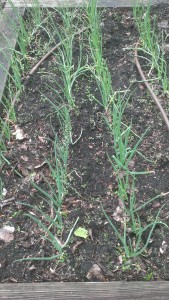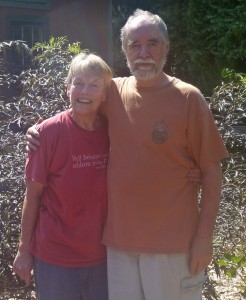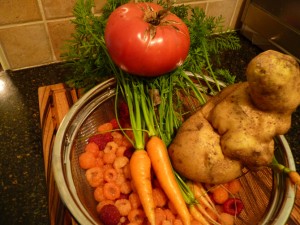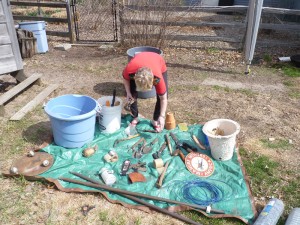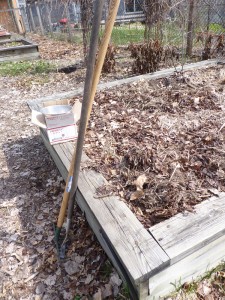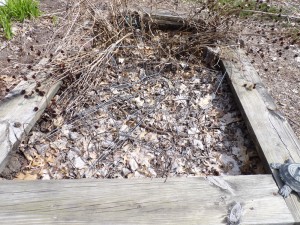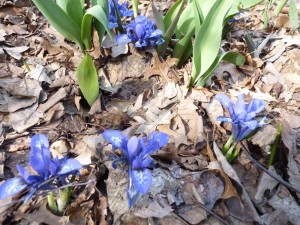Beltane Summer Moon
We leapt again from winter to summer, missing most of the early start that comes in April. Two years in a row. So I’m mulching now, at the same time as second plantings, with the first plantings emerged and growing, but not advanced by, say, a month or a month and a half as they would have been by now in a normal year.
Laying down mulch this morning I transferred some of it by hand from a pile at the end of the bed. That was a mistake. Small red ants like the mulch-old leaves, soil and straw-as much as I do. They took exception to my invasion of their home, streaming up my back and arms, onto my neck, face and ears. They bit or stung, I don’t know ants well enough to know which. A bit of formic acid I imagine. Like stinging nettles and honey bees. Not big, blistering stings like a bee, not even as strong as brushing through a nettle with a bare hand, but more than you’d want voluntarily. So, I switched to the spade. Much better.
(cornfield ant. most like the ones I found all over me this morning.)
When I spray the orchard, including the currants, blueberries and gooseberries, I’m treating the trees and bushes in the same way I will treat tomatoes, peppers, egg plants, beans and cucumbers. The spray encourages the plant’s reproductive system to produce 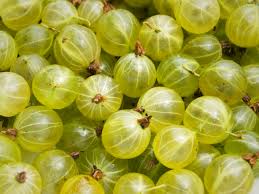 fruit or other seed bearing vessels like bean pods or cucumbers.
fruit or other seed bearing vessels like bean pods or cucumbers.
(gooseberry)
As will be the theme in the moving time, I wondered how much of what I know of gardening will transfer to the arid west. Planting, then watering in is a staple of Minnesota gardening, but it would have to be a more spare process on the high plains. The challenge of transferring and adapting my skills to a new, less forgiving climate excites me. This kind of knowledge transfer and adaptation of one climate zone’s skills to a new one is something temperate latitude agriculturists and horticulturists across the globe will face, most spots without having to move at all. In that sense this is pioneer work for a new era.

